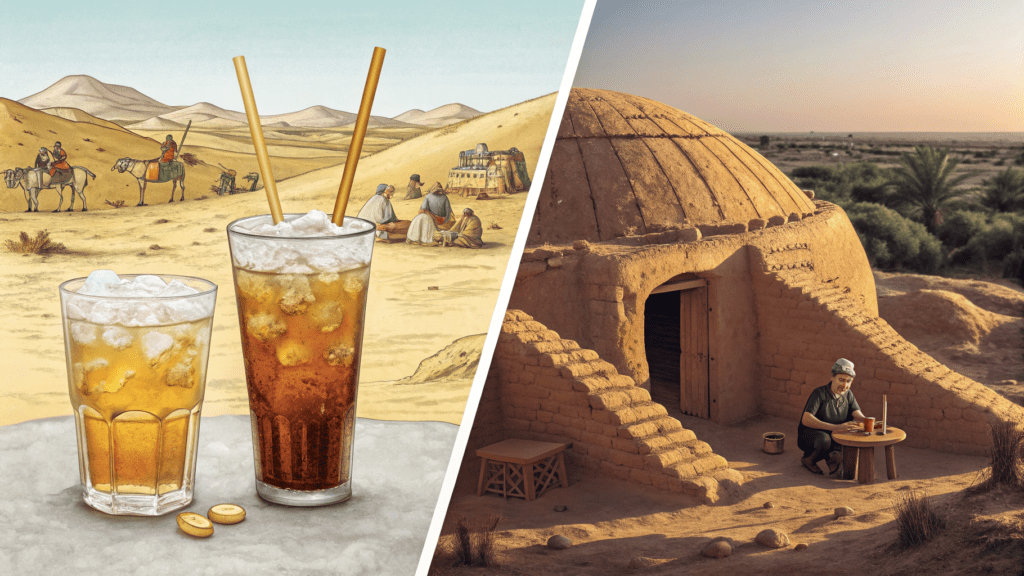
I. የፕላስቲክ ገለባ hangover: ለምን ለውጥ ያስፈለገን?
አህ, የማይለየው የፕላስቲክ ገለባ. እነዚያን ቀናት አስታውሱ? አተገባበር, ምቹ, የፍርድ ፍጆታ የምልክት ምልክት. እነሱ በየትኛውም ቦታ ነበሩ - ፈጣን የምግብ መገጣጠሚያዎች, ተወዳጅ ኮክቴል አሞሌዎች, በወጥ ቤት መሳቢያዎችዎ ጥልቀት ውስጥ እንኳን ይመደባሉ. ርካሽ እና ምንም ጉዳት የሌለባቸው, እነዚህ ቀጭን ቱቦዎች የመርከብ ደስታን ያመቻቻል. ሆኖም የእነሱ ቅርስ ለብዙ መቶ ዓመታት ለዘመናት እና በውቅያኖቻችን ውስጥ ለዘመናት አስደሳች ነው.
የኢኮ-ጀግኖቹን ያስገቡ - በቀላሉ ሊሰሙ የሚችሉ ፊደሎችን ያስገቡ! እነዚህ አስማታዊ ቱቦዎች ምን አስረክተዋል?
እነሱ ናቸውአይደለምፕላስቲክ, በመጀመሪያ! ከዚያ ይልቅ ከሕግሥቱ መንግስት ደስተኞች ነበሩ - በቆሎ, የሸንኮራ አገዳ, ስንዴ, ቦምቦዎች, ትሑት ቡና መሬት እንኳን ወደዚህ ዓላማ ያበድራል. ግን እውነተኛው አስማት በታሰበው ታላቅ ተስፋዎች ውስጥ ይገኛል - ውሃ, ኮር, እና ጥሩ የድብርት ቆሻሻ - ምንም ዓይነት የመኖሪያ አቧራማ ስፍራዎች በመተው ቁጥጥር በሚደረግባቸው የመዋሃድ አካባቢዎች ውስጥ. እኛ በሳምንታት ወይም በወራት ውስጥ ከብዙ ምዕተ ዓመታት ውጭ አይደለም.
እናም ይህን የአደገኛ አውራ ጣት ያስታውሱ: - "ሊቀጣጠሙ" የሚገዛው 'በባዮዲት ማጎልመሻ "ላይ የበላይ ተመልካችቷል. ቀደም ሲል በተወሰኑ ሁኔታዎች ውስጥ እውነተኛ የጠፋውን ሕግ በመቆጣጠር የቀድሞ አዕምሮአዊ ደረጃዎችን ያሳያል. የኋለኛው? ደህና, ልክ ቃላቱ እንደ quess ብዙ ጊዜ እንበል ... Somgy ገለባ.
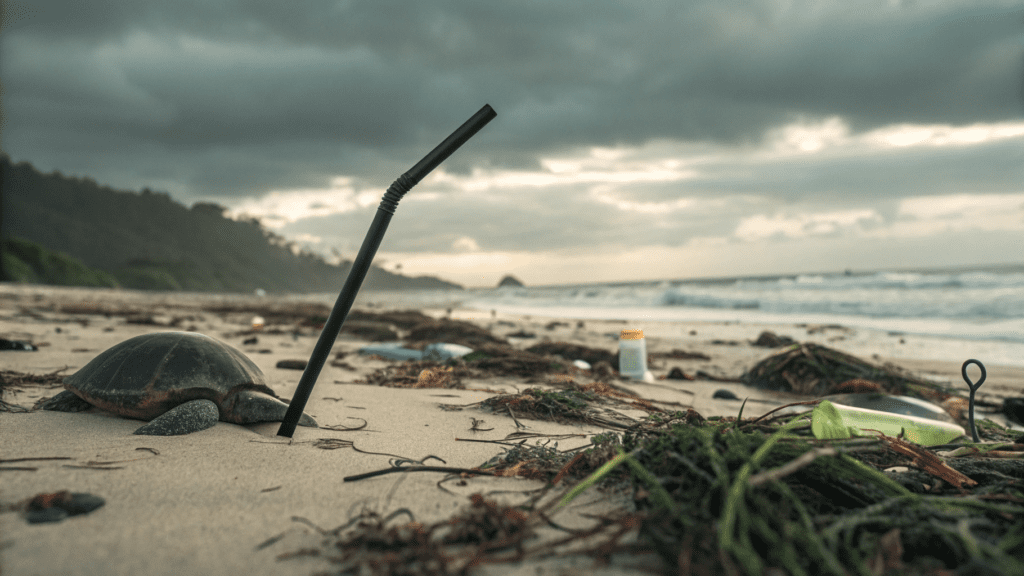
Ii. የተጠማዘዘ ታሪክ-እንዴት ወደዚህ ገባን?
ከምታስቡት በላይ ገለባው ረዘም ያለ እና እንግዳ ነው.
አምነው አልታመኑም ወይም ከ 5,000 ዓመታት በፊት ቅድመ አያቶቻችን በቱቦዎች ውስጥ እየሰፉ ነበር. ሱምሪያኖች, እነዚያ ብልህ መስኮፕታሞማን የወርቅ ጭቆናውያን በጋራ የቢራ ቢራ ለመጠጣት ይጠቀሙ ነበር. ወገኖች በዓይነ ሕሊናህ ይታይህ! ዘንግ, ቤምቦ oo እና እንኳን ሳይንስ "ቦምቤላዎች -
ወደ 1800 ዎቹ በፍጥነት ወደ ፊት በፍጥነት እና "Suggy RYEE" እናገኛለን. ከዚያ የተለመዱ ፊደሎች ከርቤ ሳር የተሠሩ ነበሩ. ርካሽ? አዎ። ጠላት? በጣም ብዙ አይደለም. ለፈጣን መበተን የተጋለጡ? ሙሉ በሙሉ. በተገላቢጦሽ ውስጥ ያለው አብዮት ምናልባትም?
ወረቀት ለማዳን ወረቀት ያስገቡ (ክብ አንድ!). እ.ኤ.አ. በ 1888 ማርቪን ድንጋይ የመጀመሪያውን ፅሁፍ እንዲቋቋም በሚቻልበት ጊዜ የመጀመሪያውን ዘመናዊ የዘመናዊ ወረራ ገለባ ገለጸ. ከዚያም በ 1937 የበግ ገለባ ወደ ሰው ብልህነት (ምናልባትም ለክፉ?).
ግን ወዮ, ፕላስቲክ መቆጣጠሪያ ቀረበ. ከድህረ-ሁለተኛው የዓለም ጦርነት II, ርካሽ ፕላስቲክ ዕድሜ ላይ ጩኸት. የማይሽረው, ጣዕም-ገለልተኛ, እና ለጅምላ ምርት, ፕላስቲክ ከፊቱ ሁሉ ጠራርጎ ነበር. የወረቀት ወረቀቶች ሁሉ ጠፋ. እሱ የፕላስቲክ ዕድሜ ነበር, እና በመጨረሻም ንግሥቶች (ወይም ንግሥቶች) ነበሩ.
ከዚያ ጅራቱ መጣ. የታላቋ የ 2015 የቫይራል ቫይራል ቪዲዮ, የባህር ወንበዴው የአድራሻው የአድራክራም የአድራክተሩ የአድራክተርስ ገለባ ተብሎ ተጥሏል, እንደ ጨካኝ የመነሳት ጥሪ ሆኖ አገልግሏል. በድንገት, ምቹ መራራ ጣዕም ተወው.
በዚህ መንገድ "ገለባ ጦርነቶች" ጀመሩ. የህዝብ ድርብ እና የአካባቢ ዘመቻዎች ዓለም አቀፍ እንቅስቃሴን ያናድዳሉ. የወረቀት እቃዎች (ዙሮች ሁለት!) የታሸገ የመርከብ ምልክት ነው, ነገር ግን የውክሬዎች ተረት. የተሻለ ነገር ለማግኘት ፍለጋው በርቷል.
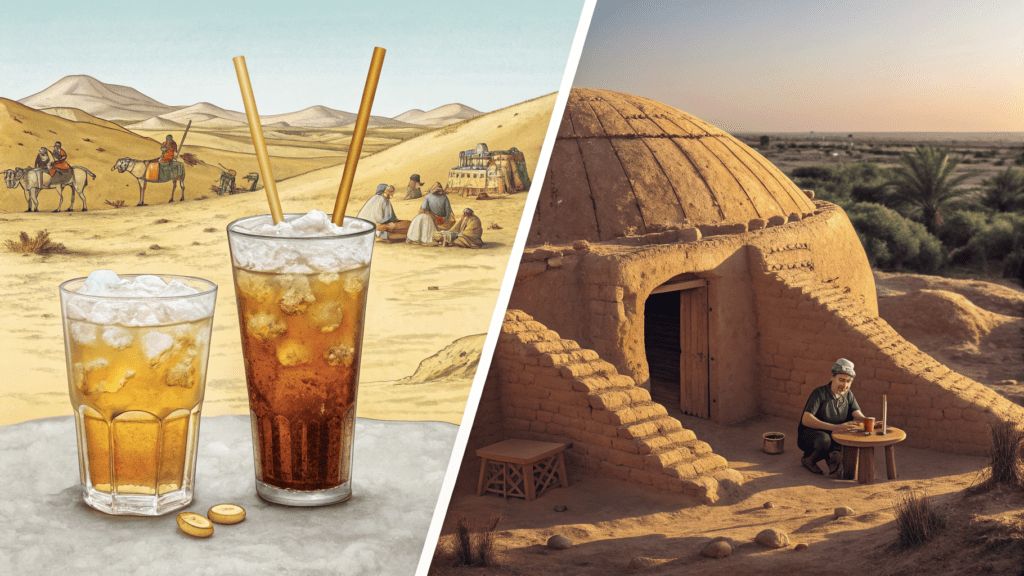
III. የ SIP ግዛት: - ዛሬ ቡክ ምንድነው?
ዘመናዊው ተሸናፊው ይህንን ገለባ ሰገነት ምን ይሰማዋል?
ደህና, ሰዎችፍቅርኢኮ-ንቃት የመሆን ሀሳብ. ሸማቾች ፕላስቲክ የተተዉ ፕሪሚየም እና ሻምፒዮናዎችን ለመክፈል ፈቃደኛ መሆናቸውን እየጨመሩ ነው. ለባሮች, ዘላቂነትን ማቀናጀት ጨዋነት የጎደለው አይደለም. እሱ አድናቂ ነው.
ነገር ግን በክፍሉ ውስጥ ዝሆንን እንግልት: - "skogy ገለባ" አቤቱታ. ማንም ሰው, እና እኔ ማለቴ ነውማንም የለም, የመጠጥ መጠጥ የመጠጥ መጥጠሚያውን ተሞክሮ ይመልሱ. ይህ የመጀመሪያ ቅሬታ ይህ በተለይም በተወሰኑ የወረቀት ዝርፊያዎች ላይ ተደምስሷል. የቋንቋ ጣዕሞች በሹክሹክታዎች እንዲሁ ይሰሩታል.
እና ከዚያ "ዝግጁ" Consdum "አለ. እሱ ተስፋ ሰጪ ነው, ግን እነዚህ እንጆሪዎች በእውነቱ የት ይሆናሉ? የኢንዱስትሪ አማካሪ ተቋማት መዳረሻ እኩል ነው ...
ምግብ ቤቶች ለዚህ ተለዋዋጭ የመሬት ገጽታ ምን ምላሽ ይሰጣሉ?
የሸማች ፍላጎት, የሸማቾች ፍላጎት, የሲያትል, ዲሲ, et al.), እና ዘላቂነት የመቀየሪያ ፍላጎትን እየነዳ ነው.
ሆኖም, ሽግግሩ ያለ እሱ ፈተናዎች አይደለም
የወጪ ድንጋጤ አለ. በቀላሉ ሊታመኑ የማይችሉ ፊደሎች ብዙውን ጊዜ ከፕላስቲክ ቅድመ-ሁኔታቸው ከፍ ያለ ዋጋ ያሳዝናል.
አፈፃፀም ጭንቀት አለ. ደንበኞች ያብክራሉ? ብዙ አውታዎች በአንድ መጠጥ ይጠየቃሉ?
እና በእርግጥ, የተዋሃደ መሰባበር (የተከለከለ!). የአከባቢው የቆሻሻ መጣያ ስርዓት የስራ ችሎታዎች ከሌለው ማብሪያ / ማጥፊያው በጣም ጠቃሚ ነው?
The solutions? Establishments are venturing beyond paper, experimenting with sugarcane, PHA (the “plastic-like but compostable” marvel), agave, and even pasta! The “straw upon request” policy is also gaining traction.
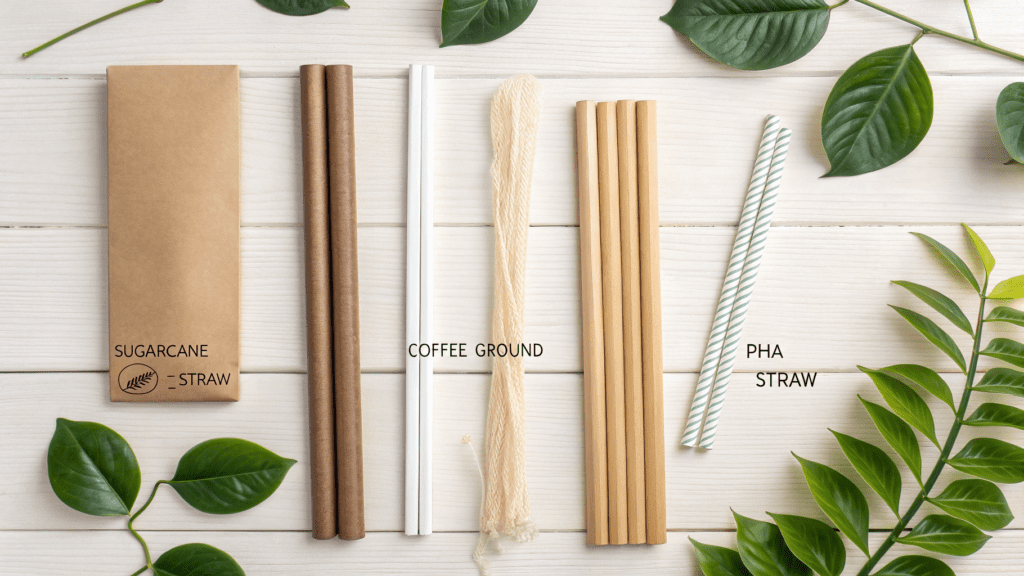
IV. Stirring the Pot: The Controversies Around Compostable Straws
The path to sustainable sipping is fraught with complexities and potential pitfalls.
Is itreallycompostable, or just a clever marketing ploy? Many PLA straws necessitate specialized industrial facilities that remain scarce. If relegated to a conventional landfill, their impact is minimal.
ከዚያ በኋላ "ዘላቂ ኬሚካዊ" Fiasco አለ. መዘጋጃዎች: - አንዳንድ የወረቀት እና የዕፅዋት-ተኮር የሆኑ ወረራዎች ፒፋዎች, እነዚያ የማያቋርጥ እና ጎጂ ኬሚካሎች ፒኤፋዎች እንዲይዙ ተገኝተዋል. ብረት ጠፍጣፋ ነው, አይደል?
በጣም አስፈላጊው ፈታኝ የሆነ ፈታኝ የመሰረተ ልማት ክፍተቶች ውስጥ ነው. ለትክክለኛ የመዋሃድ ተቋማት ተደራሽነት ባይኖርም እንኳ, ታላላቅ ዓላማዎች እንኳን ሳይቀር እሳት ሊወድቁ ይችላሉ. እነዚህ ፊደሎች መደበኛ በሆነ መልኩ እንደገና ጥቅም ላይ መዋል ወይም የተስተካከሉ ጅረቶችን እንኳን ሊበክሉ ይችላሉ.
በአፈፃፀም እና በመሠረታዊነት መካከል ዘላለማዊ በሆነ የጦር ሰፈር ውስጥ ተይዘናል. ዘላቂነትን ዘላቂነት ቅድሚያ እንሰጣለን ወይም በተቃራኒው?
በመጨረሻም, "ምግብ እንፋቶች?" የሚለው ጥያቄ አለ? ". ለመጣል ዕቃዎች እንደ በቆሎ ወይም የሸንኮራ አገዳ ሰብሎች ጥቅም ላይ የዋሉ የሥነ ምግባር ጉዳዮችን ያስነሳሉ.
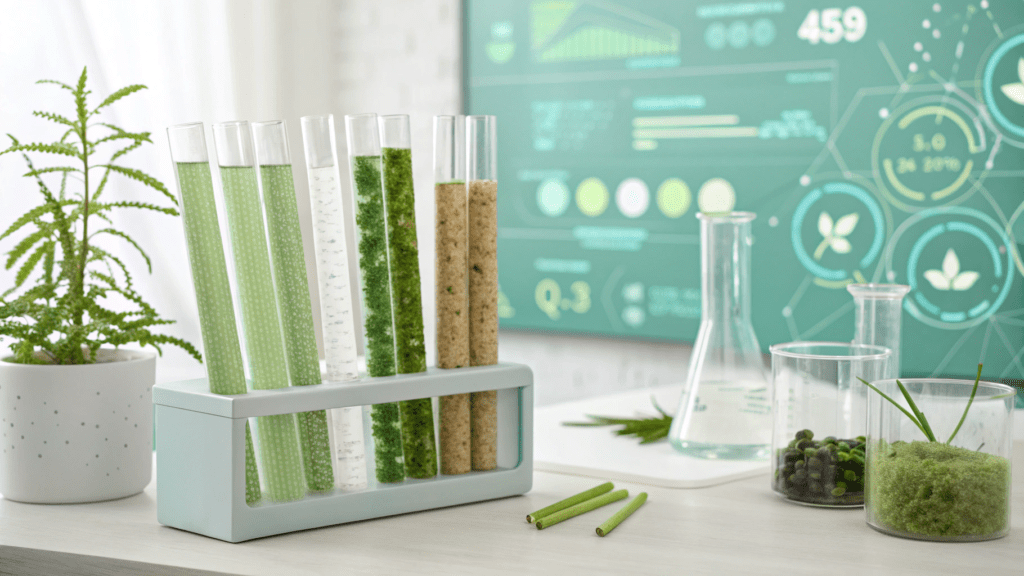
V. ወደ ነገ ማባከን-ለባግሮች የሚቀጥለው ምንድን ነው?
የወደፊቱ ጊዜ ፈጠራን ፈጠራ ነው.
የኖራ ድንጋይ-ነክ-ተኮር እዋሾችን (BIODODOREMER) ን ይመልከቱ. አስደናቂ መረጋጋት, ጥንካሬን, ሙቀት መቋቋም እና ዜሮ ማይክሮፎን ማፍሰስ!
ወይም የባክቴሪያ ሴሉዮስ እና የባሕር ወገኖች. ምንም የሚያብረቀርቅ (በተወሰኑ ጉዳዮች), እና በቀላሉ ሊበሉ የሚችሉ ነገሮችን የሚጠይቁ ከወረቀት የበለጠ. (ምናልባት አሁን ከመጠምጠጥ ተጠምቆ ሊሆን ይችላል.)
ፈጣን ለጊዜው ተዘጋጅቷል. ይህ ቁሳቁስ በእውነቱ የሚያብረቀርቅ, በቤት ውስጥ ኮምፖሬት, በኢንዱስትሪ መገልገያ, የአፈር መገልገያዎችን አልፎ ተርፎም የአካባቢ አከባቢዎች! ያለፉም የጥፋተኝነት ስሜት የፕላስቲክ ስሜትን እና ተግባር ያመርታል.
እና ቀጣዩ-ዘጠኝ ወረቀት አንርሳ. ወፍራም, የተሻሻሉ ነጠብጣቦች (ተክል የተገኘ!), ተፈጥሮአዊ ማጣበቂያ - የወረቀት እቃዎች ከባድ ማሻሻያ እየተካሄዱ ናቸው.
ትኩረቱ በአቅራቢያው እና በዓለም አቀፍ ደረጃ, የልዩ የኢንዱስትሪ እጽዋት ሳያስፈልጋቸው በቀላሉ እና በዓለም አቀፍ ደረጃ የሚፈስሱ ቁሳቁሶች እየተቀየረ ነው.
እንደ ፍላጎት አሳላፊዎች, ዋጋቸውን የሚጠብቁ, የኢ.ኦ.ኦ.ኦ.ኦ.ኦ.ኦ.ኦ.ኦዎችን ከሁሉም ጋር ተደራሽ ማድረግ ነው.
ዞሮ ዞሮ, ምኞቱ ሙሉ በሙሉ ጥቅም ላይ የሚውሉ እቃዎችን ለማስተካከል ነው - ምናልባትም እንደገና በተቀረጹ "ላፕስ" ሽፍታ ወይም እንደገና ጥቅም ላይ ሊውሉ በሚችሉ አማራጮች ላይ ትኩረት መስጠት ነው.
Vi. የመጨረሻው SIP: እያንዳንዱን ጠብታ ቆጠራን ማድረግ
የተጠናቀቀው የኢኮ-ተስማሚ ገለባ ያለው ተልእኮ ፈጠራ, የሸማቾች ባህሪ, የኢንዱስትሪ ተግዳሮቶች እና ከመሰረተ ልማት መስፈርቶች የተያዘው ጭካኔ ቀጣይነት ያለው ሳጋ ነው. ግን አንድ እውነት ግልፅ ነው-የተጋለጠው የፕላስቲክ ገለባ የግዛት ዘመን, እናመሰግናለን, ወደ ፍጻሜው ይመጣል. በእውነታው የተረዳቸው ምርጫዎችን በመያዝ, እና የሚያሽከረክሩ የንግድ ሥራዎችን እና ፖሊሲዎችን በመያዝ, እያንዳንዱ SIPS, ፕላኔታችን ከሚጎዱ ይልቅ, እያንዳንዱ ሲሳይን እንዳንወስድ እናረጋግጣለን.






